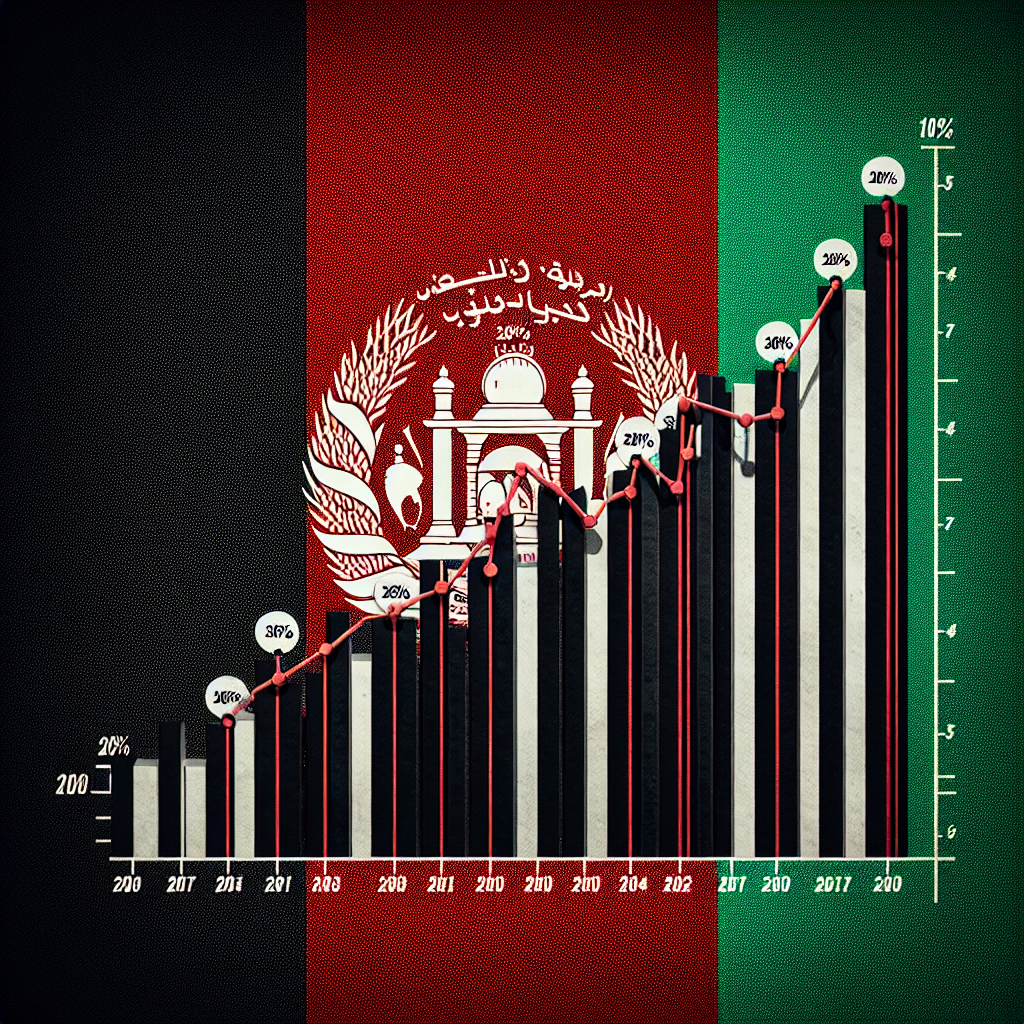Afghanistan Sees Alarming Surge in Malnutrition: WFP Report
Afghanistan Faces Critical Malnutrition Crisis: Key Insights from WFP Report
Introduction
The World Food Programme (WFP) has released a report highlighting a significant increase in malnutrition rates across Afghanistan. This alarming trend poses severe challenges to the country’s already fragile health system and threatens the well-being of millions of Afghans, particularly children and pregnant women.
Key Findings
- Rising Malnutrition Rates: The report indicates a sharp rise in malnutrition, with millions of Afghans, especially children under five, facing acute malnutrition.
- Impact on Vulnerable Groups: Pregnant and lactating women are among the most affected, with inadequate nutrition impacting both maternal and child health.
- Food Insecurity: The ongoing economic crisis and political instability have exacerbated food insecurity, limiting access to essential nutrition.
Contributing Factors
- Economic Challenges: The economic downturn has reduced household incomes, making it difficult for families to afford nutritious food.
- Political Instability: Continued political unrest has disrupted food supply chains and hindered humanitarian aid efforts.
- Climate Change: Adverse weather conditions, including droughts, have further strained food production and availability.
WFP’s Response and Recommendations
- Emergency Assistance: The WFP is scaling up its emergency food assistance programs to reach the most vulnerable populations.
- Long-term Solutions: The report emphasizes the need for sustainable agricultural practices and economic support to improve food security.
- International Support: The WFP calls for increased international aid and collaboration to address the crisis effectively.
Conclusion
The WFP report underscores the urgent need for comprehensive interventions to combat the rising malnutrition crisis in Afghanistan. Addressing the root causes, such as economic instability and climate change, alongside immediate humanitarian aid, is crucial to improving the health and well-being of millions of Afghans. International cooperation and sustained efforts are essential to mitigate the impact of this crisis and ensure a healthier future for the country’s population.





